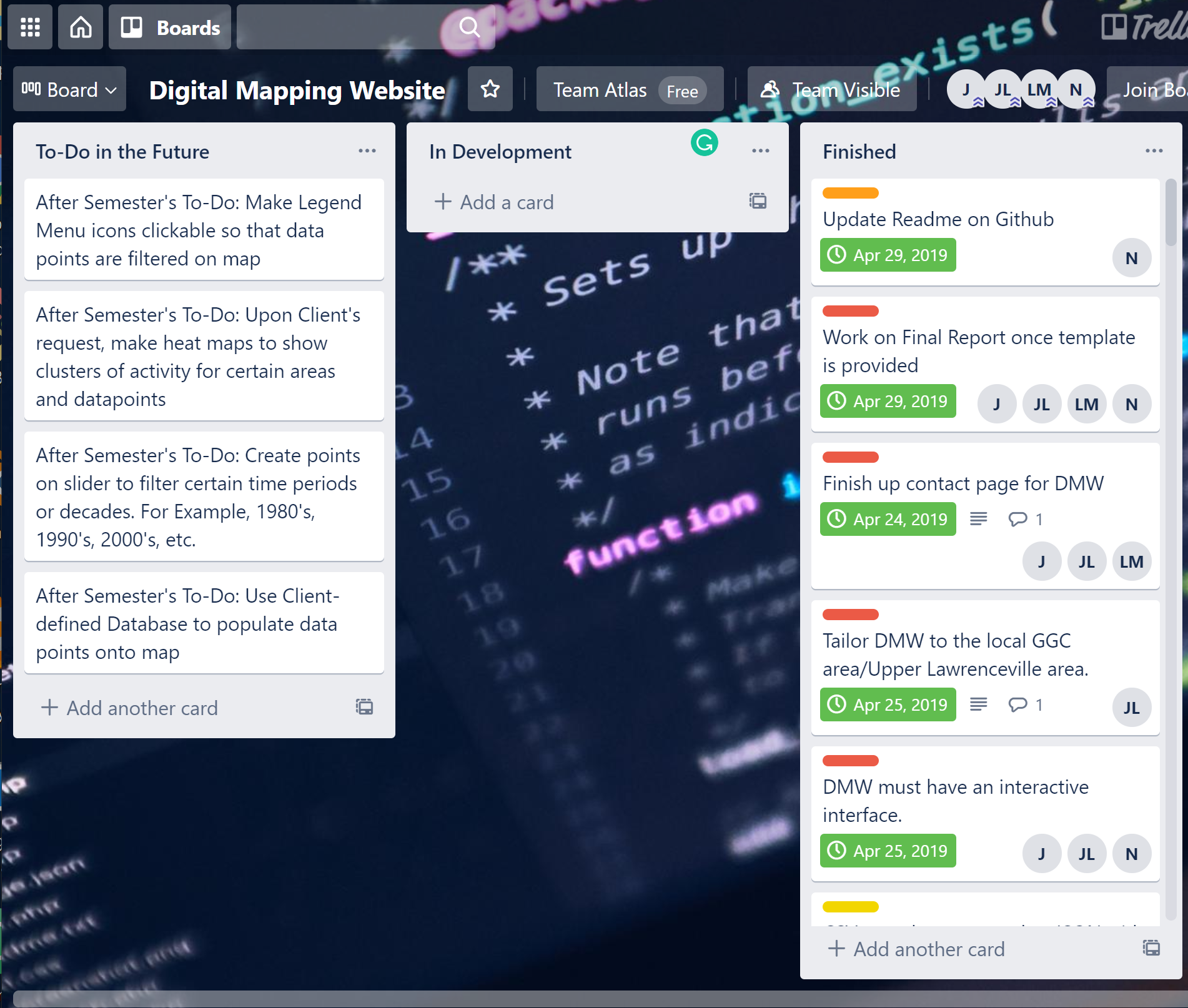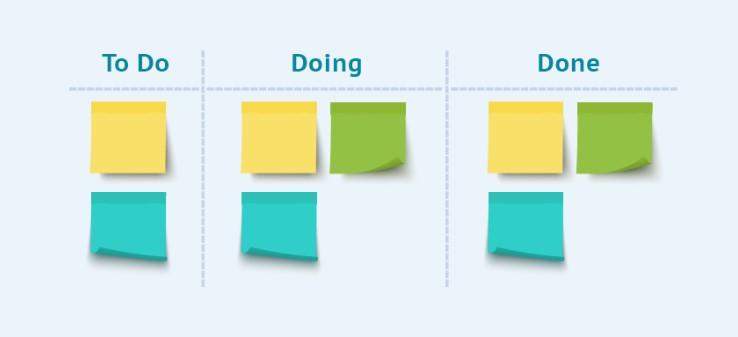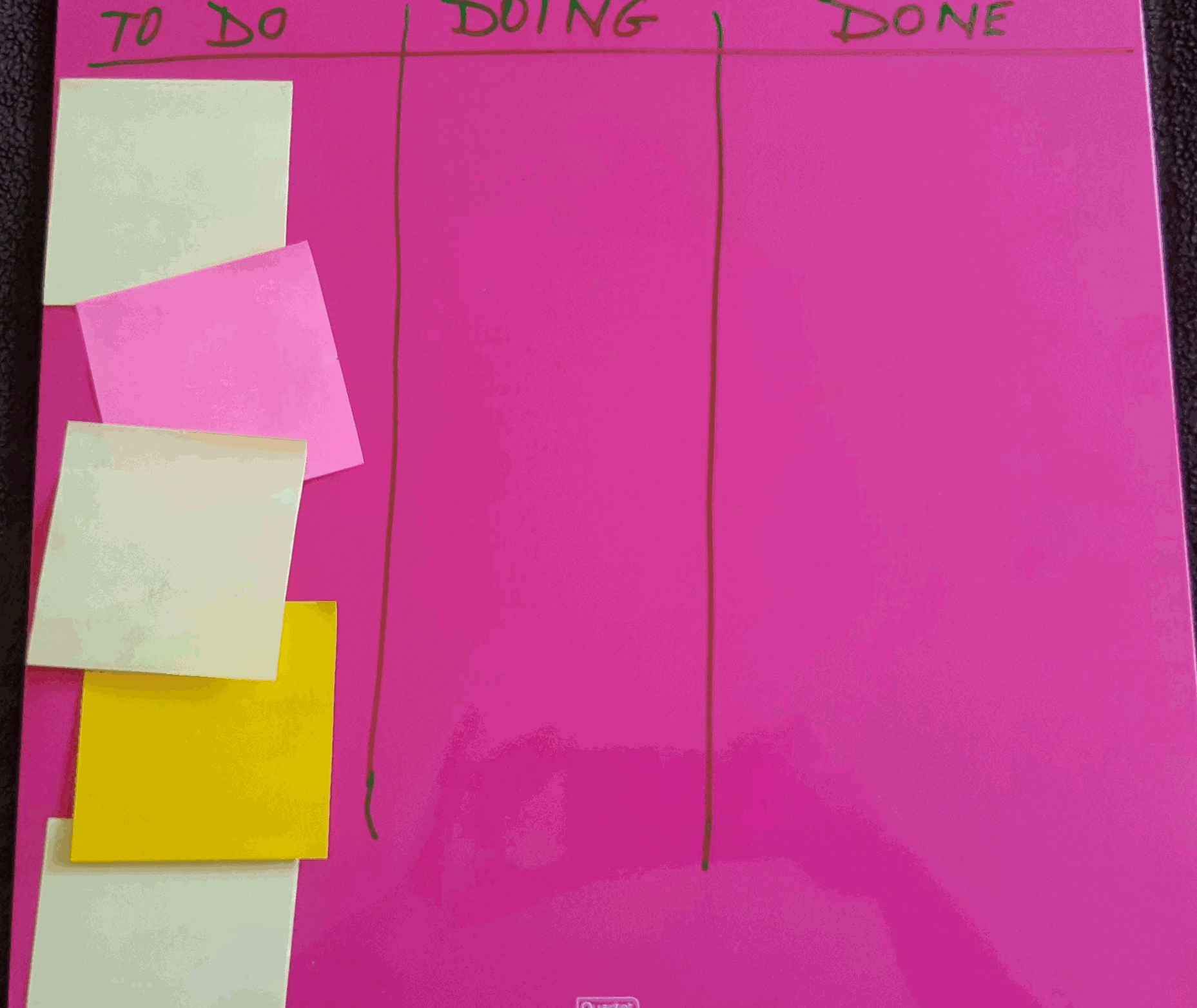Kanban
ITEC 3870 Software Development II,
Anca Doloc-Mihu and Cengiz Günay
(License: CC BY-SA 4.0)

Kanban
Kanban is a management method helping teams to visualize their work to understand it better, which helps to identify and eliminate bottlenecks, and maximise efficiency (flow). It is the Japanesse word for visual signal. The original author of Kanban was Taiichi Ohno and it was used by Toyota for the first time.
A Kanban Board keeps everyone in the team on the same page.
Teams build a Kanban board filled with Kanban cards and set up a work flow limit.

Kanban cards
One Kanban card per user story, which means one card per work item.
The size of the work item should not be either too small or too big.Cards should have:
- title,
- description,
- owner,
- any other helpful information like due date
As card moves on the board from left to right on the stage of the workflow, the card gets some history (i.e., messages from the teammates).
Kanban cards should be small enough such that team makes progress on them in a reasonable amount of time.
Kanban work flow

Work flow: cards moving from left to right
Benefits of Kanban board
- reveals bottlenecks in workflow (cards not moving forward)
- get a sense of the size of the cards team can move forward in a timely matter
- a visual assurance that the work is done
Measuring workflow
lead time = the time it takes a card to move from the backlog to finish on the board
In agile, if values are combined with Kanban characteristics, the outcome would be Agile Kanban. This practice is gaining popularity in Software Developmement, and it means that the Agile iteration approach and Kanban value stream focus are combined.